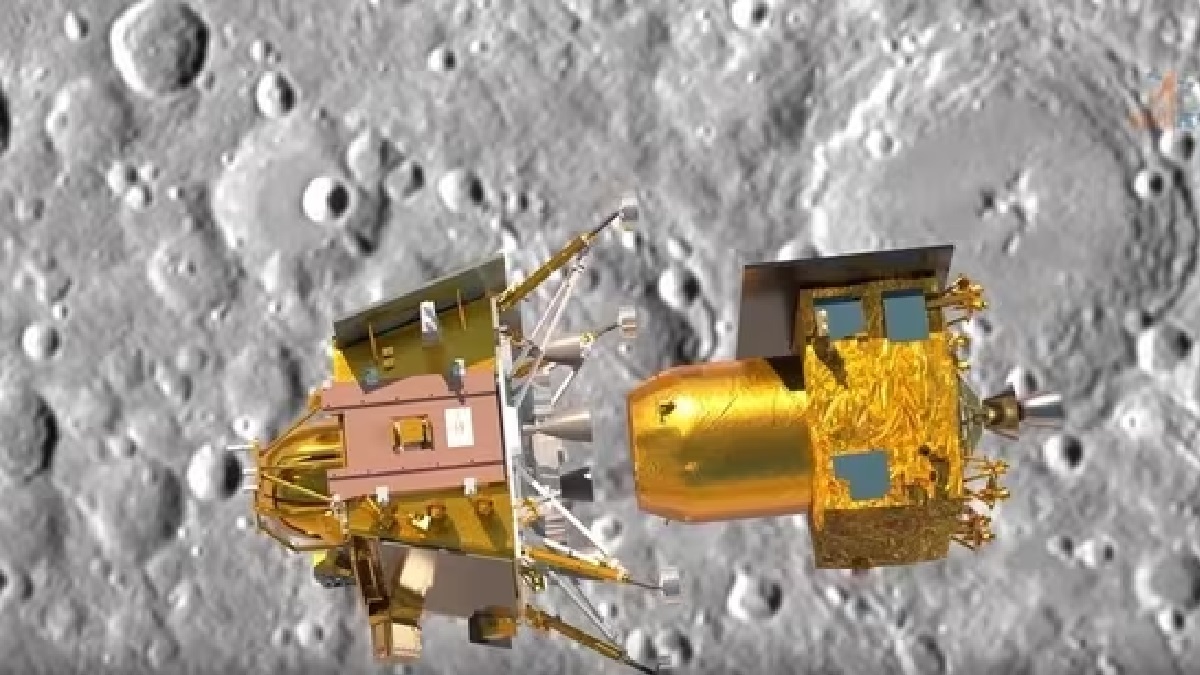By completing the Chandrayaan-3 mission even once, the name of India has been illuminated in the whole world. India has done the work which the scientists of NASA could not do. The matter does not end here, the landing of Chandrayaan-3 was also been very successful near the South Pole. Big countries have lost their senses after hearing this. Because it was not in the capability of any country to land a vehicle at the South Pole. This Chandrayaan-3 mission included the Vikram lander, a rover Pragyan, and the propulsion module along with them. According to the information, this vehicle landed on the south pole of the moon on 23rd August at 6.4 p.m. This was the information of Vikram Lander but Pragyan Rover has detected the surface of the moon. Continue reading to learn every detail that is currently known about the occurrence.

What Is The Pragyan Rover Of The Chandrayaan-3 Mission?
Do you know what the name “Rover” means? If not then we will tell you. The scientist of ISRO has named this satellite very thoughtfully. Rover means ‘knowledge’. Pragyan rover has been used to enable in-situ payload experiments. It is being told that its full weight is 26 kg and at the same time Pragyan Rover’s power generation capacity is up to 50 watts. Lander Pragyan and Rover Pragyan both do their separate work. It is easy to say that the lander is designed to communicate intelligence. But the mission life of the rover Pragyan is only one lunar day or 14 Earth days. Two payloads have been installed inside the Pragyan rover. The first APXS, with the help of this Rover, will tell the surface of the moon, and the second LIBS, with the help of this, the soil and rocks of the moon will be detected.
Come let’s know which rovers have been launched on the moon before India and when. First of all, the Lunar Roving Vehicle i.e. LRV was sent to the moon. Another name comes from the Lunar Roving Vehicle, which had a battery and a four-wheeled rover. This rover was launched on the moon in 1971 and 1972. Apollo 15 commander David Scott operated this device on the moon with its help. Boeing made this LRV and it was about 210 kg in weight. This device is used to walk at the speed of km per hour. After all this, China sent its rovers to the moon in 2013 and 2019 respectively. This Yutu 1 searched from Badiya for 31 months and also covered a distance of 114 meters. If we talk about Yutu 2, it is still running.
